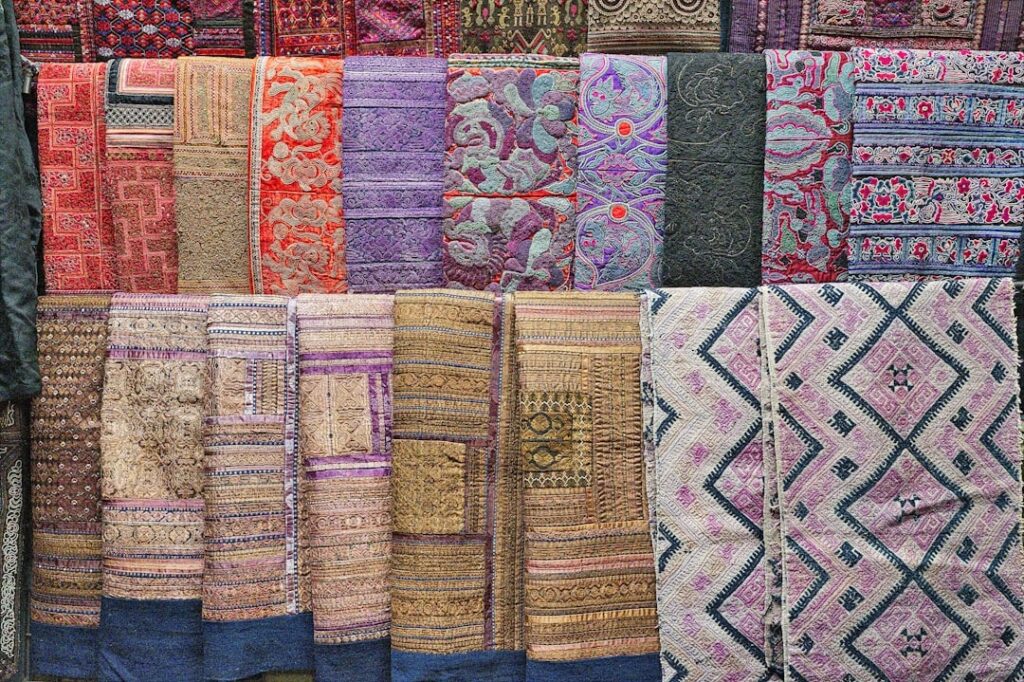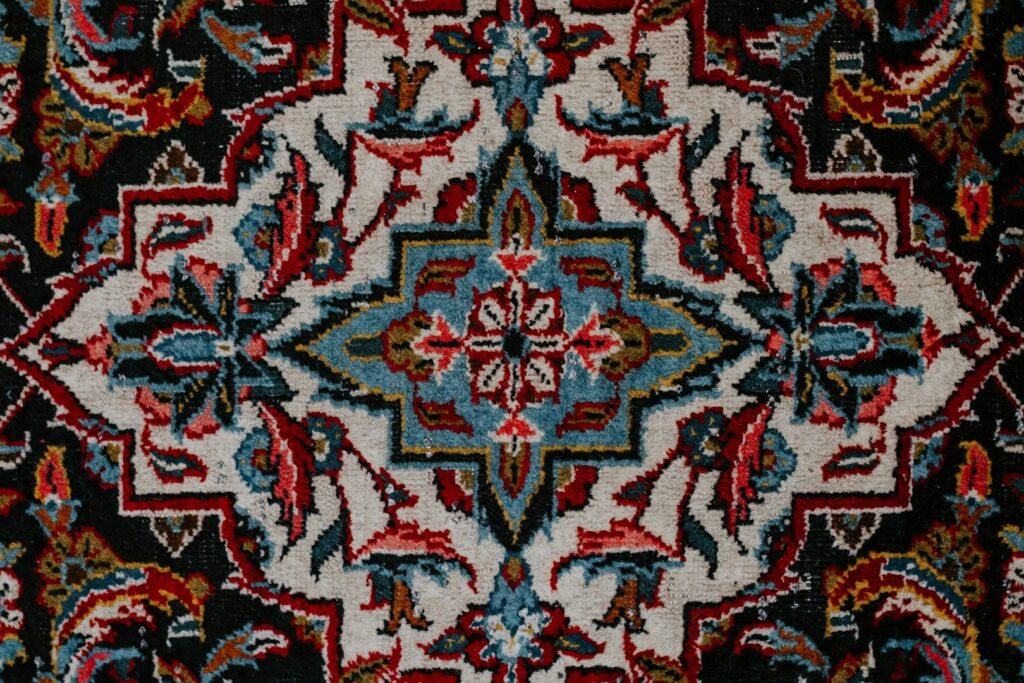The first way to narrow down your decision is whether you want hand-made or machine-made rugs. The emphasis on this site is directed towards hand-made rugs and carpets.
The second way to narrow down your decision is whether you want pile rugs or non-pile rugs. Non-pile rugs are called flatweave rugs and are a specialty art of their own. Flatweave rugs are known as kilim in the Middle East and dhurries in India. In the USA the Navajo tribe specializes in flatweave also. Wool from sheep is the material used mostly for this type of rug. The dyes in many instances are made locally also. In some places cotton or silk is used and some rugs will have been created using wool and silk.

Pile rugs are hand-knotted, which denotes hand-made. Many areas of the world in which the rug trade takes place, the sheep are cared for locally, the wool is gathered and hand spun into the dyed yarn for the project and the dyes are manufactured from natural sources. The designers have reputations and some are renowned world-wide. Pile rugs are mostly thought of as Oriental carpets and in the USA many dealers in the rug trade have store fronts in the major cities stating Oriental carpets.

There are several major considerations if you’re looking in the wool rug market for something suitable for your floor space. Regarding pile rugs, the most important considerations are the age of the carpet and the knots per square inch, usually written KPSI, and the country of origin. New is considered ten years to present time with most dealers. Many dealers handle used rugs also and work to restore to the original beauty.
The most famous name in the wool rug market is the Persian rug. Persia is the ancient name for modern day Iran. Iran is most famous because some of the designs that have come from that area are very classical, symbolic and beautiful. There are many antique rugs in existence today that are over hundred to hundred fifty years and collectors search for certain names that have significance. Names of a designer, city area or manufacturing house are important to collectors of Oriental rugs.
The wool rug markets go back to the ancient times in an era of history when there was commerce between many lands and the countries of inland seas. This was called The Silk Road. The areas involved have modern names now, but at the height of prosperity items of commerce consisted of wool rugs, silk and cotton materials, gems, spices, pottery and metals. The area involved consists of seventeen countries today of Asia and the Middle-East.
In many instances, when consulting with wool rug dealers, they will help you obtain the provenance of the rug you’re interested in. The consideration of country of origin, natural or artificial dyes, the previous owner if you like a pre-owned rug. Some dealers will help you obtain a certificate of authenticity which can help you for appraisal and insurance purposes.